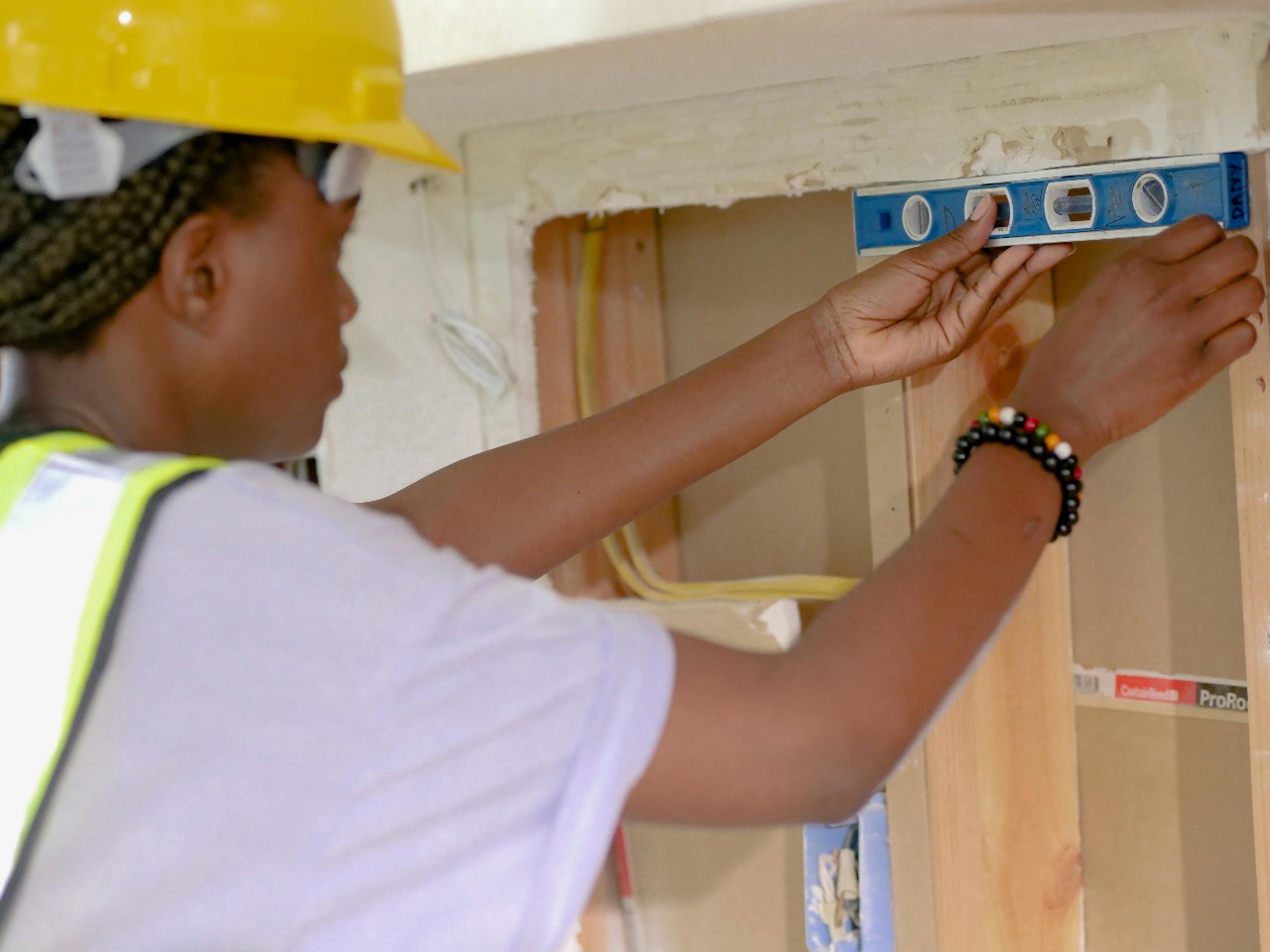The Connection Between DAS 142 and Apprenticeship Standards

Understanding the Importance of DAS 142
In the construction industry, workforce development is a top priority, and DAS 142 plays a key role in ensuring that apprenticeship programs are managed in compliance with state regulations. For organizations like Associated Builders & Contractors Inc, understanding the requirements and processes associated with das 142 is essential for maintaining training standards, meeting compliance obligations, and providing apprentices with the skills they need to succeed in their trade.
What is DAS 142?
DAS 142 is a mandatory document used in California to notify the Division of Apprenticeship Standards (DAS) of the need for apprentices on a public works project. This form ensures that the appropriate apprenticeship programs are contacted to supply qualified apprentices in various trades. By submitting DAS 142 in a timely manner, contractors demonstrate their commitment to following the law while also supporting the growth of the skilled workforce.
Why DAS 142 Matters to Contractors
For contractors working on public works projects, DAS 142 is not just a formality—it is a legal requirement. The document must be sent to all relevant apprenticeship committees at least 72 hours before apprentices are needed. Failure to comply with DAS 142 submission requirements can lead to penalties, project delays, and reputational damage. Associated Builders & Contractors Inc emphasizes the importance of meeting DAS 142 obligations to ensure projects move forward smoothly and without compliance issues.
The Link Between DAS 142 and Apprenticeship Standards
The connection between DAS 142 and apprenticeship standards is direct and impactful. Apprenticeship standards define the structure, content, and quality of training programs. The DAS 142 form acts as a trigger that ensures these standards are implemented in real-world job situations by bringing apprentices onto the worksite. Without DAS 142, many apprentices might miss critical on-the-job training opportunities required by their apprenticeship standards.
How DAS 142 Supports Workforce Development
By submitting DAS 142, contractors help create opportunities for apprentices to gain hands-on experience under the supervision of skilled journeymen. This experience is an essential component of apprenticeship standards, which require a balance of classroom instruction and practical application. DAS 142 is more than a bureaucratic requirement—it’s a bridge between policy and practice, ensuring that future tradespeople receive the training necessary to excel in their chosen fields.
Steps to Properly Complete DAS 142
Understanding how to correctly fill out DAS 142 can make the process smoother. Contractors must include details such as:
- Project name and location
- Estimated start date for apprentices
- Number of apprentices needed
- Trade classification
- Contact information
Accurate completion of DAS 142 helps apprenticeship programs respond efficiently and provide the right apprentices for the project. Associated Builders & Contractors Inc encourages contractors to develop internal procedures for timely DAS 142 submissions to avoid last-minute complications.
Common Mistakes When Submitting DAS 142
Even experienced contractors can make errors when submitting DAS 142. Common mistakes include sending the form too late, failing to send it to all applicable committees, or providing incomplete information. These mistakes can lead to delays in getting apprentices on site, which in turn can disrupt compliance with apprenticeship standards. Being proactive and detail-oriented in handling DAS 142 is key to avoiding these pitfalls.
The Role of DAS 142 in Compliance Audits
Public works projects are often subject to audits to verify compliance with labor and apprenticeship requirements. DAS 142 is one of the first documents auditors review to ensure that contractors gave proper notice to apprenticeship programs. Associated Builders & Contractors Inc advises members to keep records of all DAS 142 submissions, including proof of delivery, as part of their compliance documentation.
How DAS 142 Benefits Apprentices
For apprentices, DAS 142 is a gateway to valuable on-the-job training opportunities. Every time a contractor submits DAS 142, it opens the door for apprentices to gain real-world experience, apply their classroom learning, and work toward completing their apprenticeship standards. Without DAS 142, many apprentices would lose out on critical hours needed for program completion.
Digital Tools for Managing DAS 142 Submissions
Technology can streamline the DAS 142 process. Many contractors now use digital forms, email tracking, and project management software to ensure timely and accurate submission of DAS 142. Associated Builders & Contractors Inc recommends adopting such tools to enhance efficiency, reduce paperwork errors, and maintain an organized record of all DAS 142 interactions.
Aligning DAS 142 with Long-Term Training Goals
Proper use of DAS 142 is not only about meeting short-term legal requirements; it also supports long-term workforce development goals. By consistently integrating apprentices into projects through DAS 142, contractors help sustain the pipeline of skilled workers needed for the future. This aligns perfectly with the mission of Associated Builders & Contractors Inc to advance the construction industry through high-quality training programs.
Conclusion: DAS 142 as a Pillar of Apprenticeship Success
The connection between DAS 142 and apprenticeship standards cannot be overstated. DAS 142 ensures that apprenticeship programs can meet their training obligations, gives apprentices real-world experience, and keeps contractors compliant with state regulations. For Associated Builders & Contractors Inc and its members, mastering the DAS 142 process is a cornerstone of both legal compliance and industry leadership. By treating DAS 142 as a vital link between regulations and training, contractors not only meet their obligations but also contribute to building a stronger, more skilled workforce for the future.
Leave a Reply